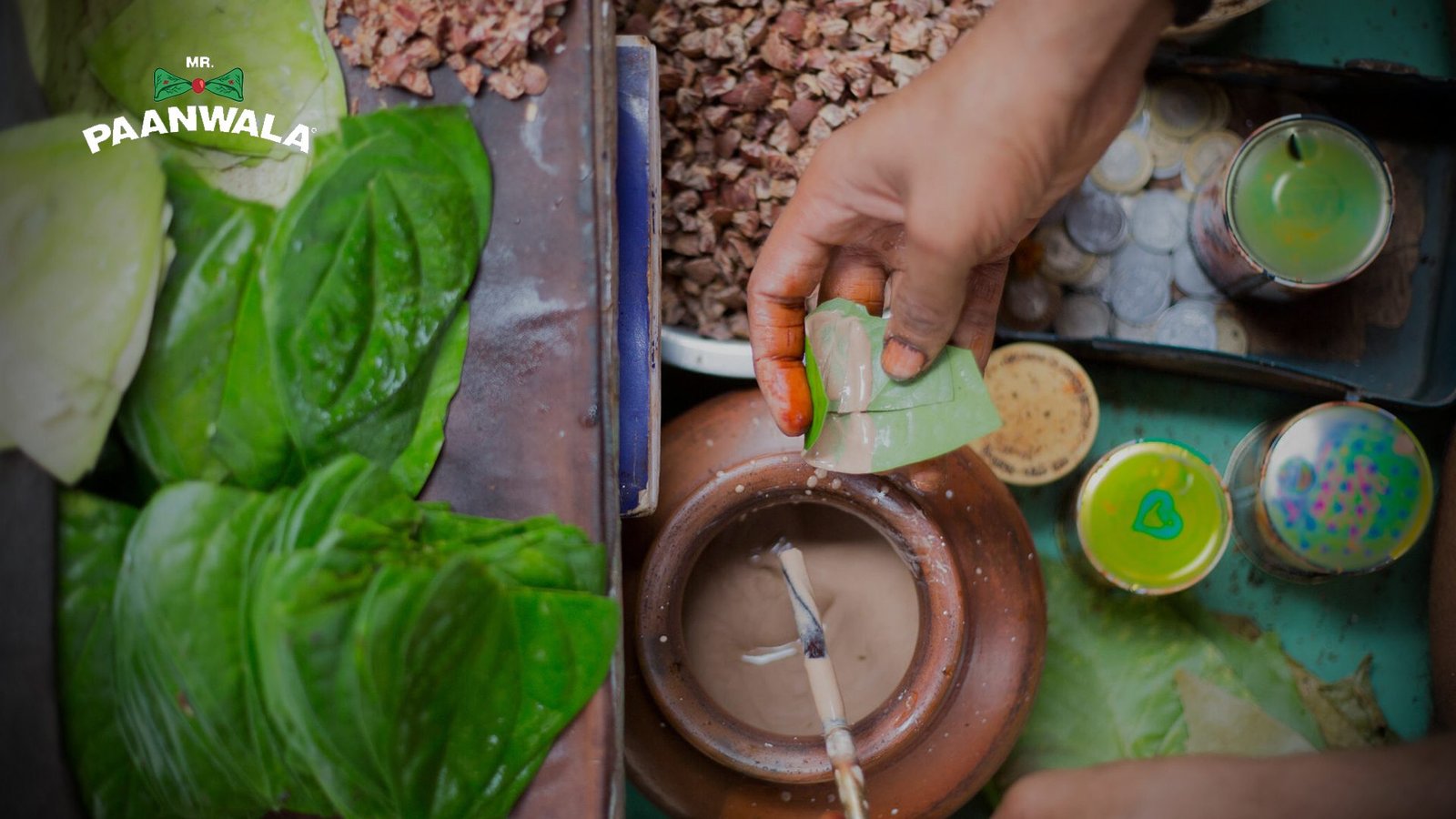
The paanwala is more than just a street vendor; he is a storyteller, a craftsman, and, in many places, a cultural icon. Whether it’s the bustling lanes of Kolkata or the vibrant streets of Banaras, paanwalas have been an integral part of India’s social fabric for generations. But behind the vibrant green betel leaves and the aromatic fillings lies a world of challenges, evolving traditions, and deep-rooted stereotypes. Let’s take a closer look at the paanwala community and its place in modern society.
In cities like Banaras, Lucknow, and Kolkata, a well-established paanwala is respected, often serving customers from all walks of life, including politicians and celebrities. In smaller towns and villages, paanwalas remain a fixture in local markets, providing an affordable treat and a space for social interaction. Some have built thriving businesses, expanding into luxury, tobacco-free, and fusion paans, transforming their trade into a high-end craft. However, despite their cultural significance, many still struggle with financial instability, relying on daily sales without long-term security.
The traditional paan industry faces shifting consumer habits. With increased awareness of oral health and the decline in tobacco consumption, traditional paan sales have seen a shift. At the same time, the rise of health-conscious consumers has led to the popularity of tobacco-free paan, creating opportunities for innovation in flavors and ingredients. However, many paanwalas operate without proper licensing, making them vulnerable to fines and eviction from prime locations. On the other hand, some vendors have adapted to digital platforms, leveraging social media, online orders, and unique branding strategies to reach a wider audience.
For many, paan preparation is a family trade, passed down through generations. The skill of folding a paan perfectly, balancing flavors, and knowing the right combinations is an art form that requires years of practice. While some paanwalas stick to age-old recipes, others experiment with fusion flavors, blending tradition with modern taste preferences to attract younger audiences.
Paanwalas are often stereotyped as lower-income street vendors, but in reality, many have built successful businesses and gained celebrity clientele. There is also a misconception that all paanwalas sell tobacco-based products, overlooking those who promote herbal and flavored paans. In movies and media, paanwalas are sometimes depicted as mere bystanders to gossip and local chatter, but the truth is that many take immense pride in their craft and influence within the community.
Historically, paan shops have been hotspots for political discussions and debates, often serving as informal meeting points for activists and revolutionaries. During India’s freedom struggle, paanwalas played a subtle yet impactful role in spreading messages discreetly among revolutionaries. Even today, paan shops remain places where people exchange ideas, discuss current affairs, and engage in meaningful conversations.
In some regions, buying paan is an unspoken ritual. Regular customers often don’t need to place an order—the paanwala already knows their preference. A respected paanwala builds a relationship with his patrons, ensuring a personalized experience with every visit. The way paan is folded, the type of saunf added, and the balance of flavors all reflect an unspoken understanding between the vendor and the customer.
The evolution of paanwalas from simple vendors to cultural custodians and entrepreneurs is a story of resilience and innovation. Mr. Paanwala, under the vision of Mehul Patel, exemplifies this transformation by redefining the paan experience. Through tobacco-free, premium paans and social initiatives like the School of Mr. Paanwala, the brand ensures that paan-making remains a respected craft while empowering vendors with better opportunities.